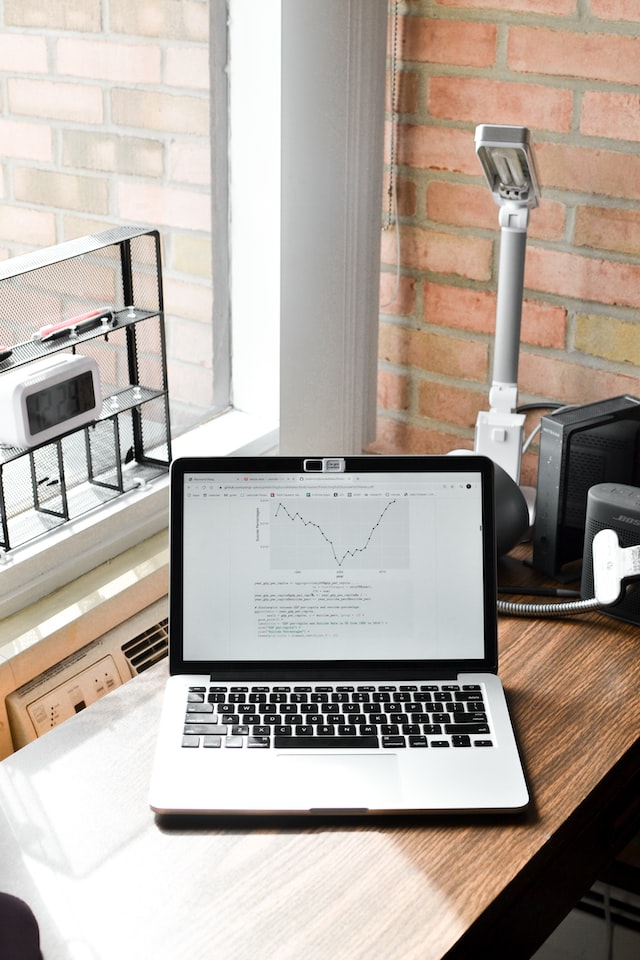You’re probably aware that the Federal Reserve has been repeatedly hiking up interest rates. The idea behind this anti-inflationary measure is that increasing interest rates will result in lower consumer spending, which will force prices down to recover demand. The Fed’s eighth and most recent benchmark rate increase was on February 1st, just a couple days ago. However, this increase was the lowest of the series — only 0.25 percentage points, compared to prior increases of 0.75 or 0.5 percentage points. This is because we’re starting to see the desired result, decreases in inflation. It’s not enough to stop cold turkey, but it’s enough to reduce the pressure on interest rates.
But what else has the increasing benchmark rate done, besides reduce inflation? Well, obviously it has increased interest rates. This includes credit card rates, auto loan rates, and some student loan rates. Up until recently, it has also included mortgage rates. But mortgage rates are only indirectly affected by the benchmark rate, and they’re actually starting to decrease now. Another rate indirectly affected by benchmark rates is the savings rate. You’ll start to earn more money from savings accounts and certificates of deposit. It’s important to note, though, that with inflation being as high as it is right now, it has already entirely negated the effect of this savings over time, so you’ll have to save for quite some time for it to matter.
Photo by Raymond Pang on Unsplash
